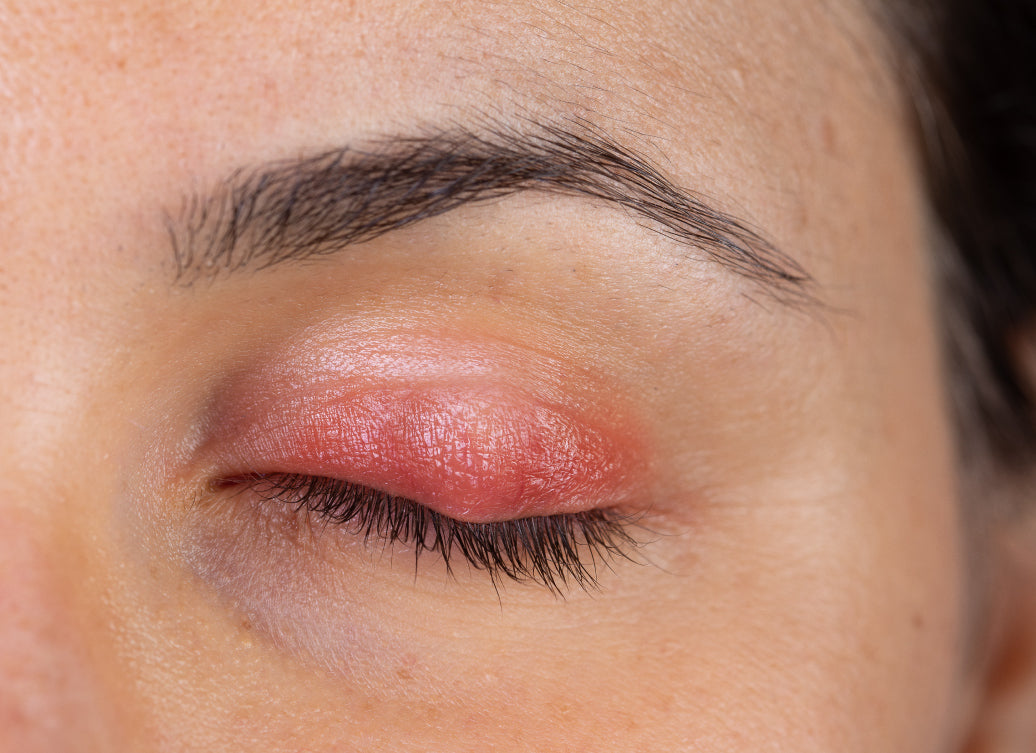Blepharitis is both uncomfortable and hard to treat; here we look at how long it takes this persistent condition to clear up.
What is blepharitis?
Blepharitis is a common condition that affects the eyelids; while it can be uncomfortable, it’s usually fairly mild, and isn’t contagious. The eyelids (and rarely the cornea) can get inflamed, infected and sore, and eyes can feel gritty and dry. It can make your eyes sting and water, and lead to styes or crusty eyelids.
What causes blepharitis?
The inflammation can be caused by several different things, but the main three culprits are:
- blocked oil glands at the root of the eyelid
- a proliferation of demodex mites
- an overgrowth of bacteria
It can also be associated with and aggravated by chronic skin conditions such as rosacea, eczema and seborrheic dermatitis (ie dandruff), which make getting blepharitis more likely.
How long does blepharitis last?
How long blepharitis lasts is a difficult question, as the condition isn’t something you can eliminate totally, so in one sense it never really goes away.
Most people who get blepharitis are prone to repeated flares of the condition, and while some might have a case of blepharitis from time to time, others find it a near-constant presence in their lives which requires daily management to keep under control.
The length of any flare-up will also vary from case to case, depending on what caused it, how severe the attack is, and how well the sufferer is generally. If you’re generally well and clean your eyelids meticulously and thoroughly once or twice a day, every day, your flare might only last a few days. But if you’re run down, in the middle of a rosacea flare, smoking or drinking alcohol regularly, and aren’t able to keep your eyes clean, then it can take much longer to resolve, and may need medical help.
How do you treat blepharitis?
Blepharitis is a condition that takes management, rather than a disease that can be cured. This means that it’s something people tend to live with, with flares coming and going, often with months or years between attacks. If you’re prone to blepharitis, either because you also have a chronic inflammatory skin condition like rosacea or seborrheic dermatitis, or because of other factors, then you’ll need to take extra care about keeping your eyelids clean and healthy.
Treatment includes:
- washing the eyelids daily with warm water and a gentle wash (ie Balmonds Natural Shampoo & Body Wash)
- massaging the roots of your eyelashes to remove blockages
- massaging tea tree oil and/or ointment into the eyelashes
- warm clean compresses on the eyes
- prescribed antibiotic or steroid eye drops if self-help measures aren’t effective
Recommended products:
Balmonds Natural Shampoo & Body Wash
with calendula & chamomile
Balmonds Skin Salvation
with hemp and beeswax
Balmonds Tea Tree Balm
balm with tea tree essential oil and beeswax
